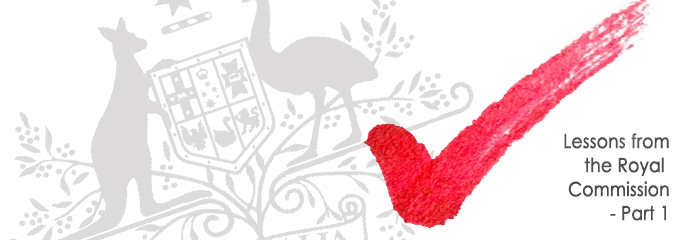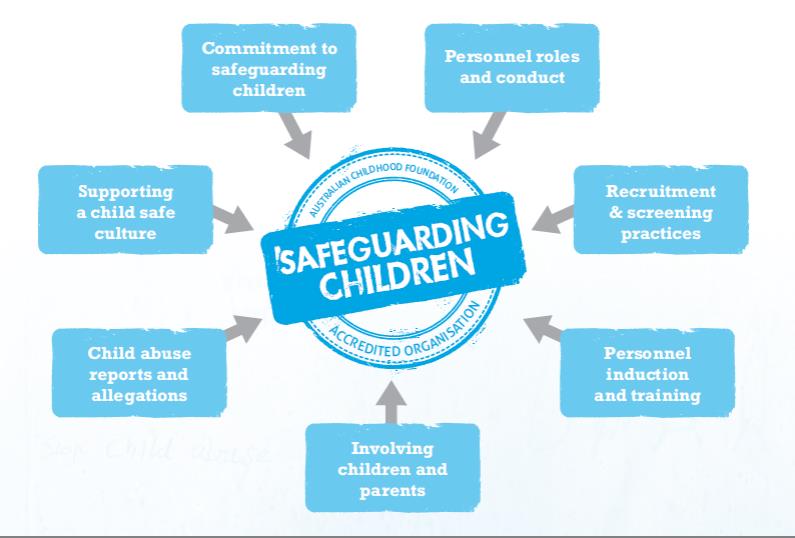
Lessons from the Royal Commission Part 1 – Child Safe Organisations

This article was prepared by the Safeguarding Children Program,
a program of the Australian Childhood Foundation.
Whilst the Royal Commission into Institutional Responses into Child Sexual Abuse still has some two years to run, it has already focussed attention on this important issue and it has compiled a body of information in its public hearings, Interim Report and Case Studies that provides significant insights into the nature of abuse in organisations with a duty of care to children. We thought that it might be helpful to highlight some of the findings the Royal Commission in a series of blogs.
Two volumes of the Royal Commission interim report were released on 30 June 2014. Volume 1 of the Report is ‘a description of the work we have done, the issues we are examining and the work we still need to do’. Volume 2 is a ‘representative sample of 150 personal stories from people who shared their experience of abuse with us at a private session’.
So far, one of the key areas of investigations have been to test the requirements for a ‘childsafe’ or ‘safeguarding’ organisation and highlight the main risk factors for children in organisations that provide a service or activity to them.
We were particularly thrilled when the Royal Commission noted that the Australian Childhood Foundation’s Safeguarding Children Program was a clear example of an organisational accreditation system operating in Australia.
In its examination of institutional responses to abuse, the Royal Commission has considered important themes that accord significantly with the standards that form the basis of the Safeguarding Children Program. Namely, organisations have been asked about their:
- Commitment to safeguarding children
- Personnel roles and conduct
- Recruitment and screening practises
- Personnel induction and training
- Involvement of parents and children
- Child abuse reports and allegations
- Supporting a child safe culture
These are all areas the Foundation resources organisations to develop, strengthen and implement in order to reach accreditation.

The Royal Commission investigations reinforce the need for all organisations to focus, not only on having the right policies in place, but also on being able to demonstrate that those policies are being implemented. An organisation has a safeguarding culture when policies to protect children are ‘owned’ by every person in the organisation. An organisation can be considered protective when it is open and transparent and supports all people involved with the organisation to focus on the well-being of children as a primary responsibility. This acceptance of organisational responsibility of the safety of children and young people has been expressed in the Royal Commission through the concept of ‘extended guardianship’ – drawn from the work of Australian criminologist, Stephen Smallbone.
‘Child safe governance involves not just leadership but also management styles that are child friendly open and egalitarian.’
Like us, you might like to consider how your organisation demonstrates ‘extended guardianship’.
- Do staff (paid or volunteer) in your workplace own the policies that protect children?
- Are openness and transparency characteristics of your work together caring for the wellbeing of children?
- Are there areas from the list above that need investigation or support?
In future blogs in this series, we will outline further insights from the Royal Commission in relation to the nature and prevalence of child sexual abuse; the dynamics of perpetrators; preventing child sexual abuse through child safe practices and child-focused programs; disclosure and reporting; and institutional responses to reports.
